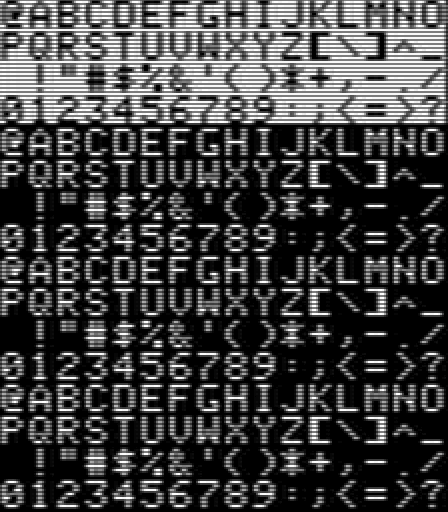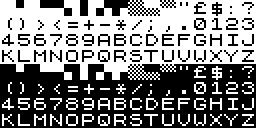One of the essences of comedy and humor is a shared context between participants. When a joke is made both the teller and the hearer must know what’s being spoken of, and how the elements fit together in relation to each other, if the funny ha-ha is to occur.
Which is why I find the creation of The MAD Computer Program interesting. Published on issue 258 in BASIC for four of the microcomputer platforms of the time, Atari 8-bit, Apple II, Commodore 64 and IBM PC, it was obviously MAD’s bid to maintain technically relevant to that brief moment in computing history. Setting aside whether it’s actually funny or not (it’s not), it means that MAD’s editors must have decided that home computers were common enough that they could waste some of their precious print pages on catering to their owners. Anyone without one of those computers would find them to be four pages of wasted content.
The four programs have a lead-in that reads in a set of data (using READ commands to get vector coordinates from DATA statements, of course). The lead-in part is different for each platform, but the lines with the DATA statements are the same, and so are only printed once in the magazine. That’s also the least interesting part of the ordeal of entering type-in programs: tables of raw data, numbers without context, sequences of values that will put your monkey brain to sleep, yet will surely cause your code to fail catastrophically if entered incorrectly. There’s 140 lines of them to enter here, plus some more if you’re using a C64. As my eyes brush over them, childhood trauma from entering type-ins from computer magazines cause them to water involuntarily. I miss the age of magazine-supplied type-in programs, but not that part of it.
What do you get when you spend a grueling half-hour typing in two pages of numbers written by a group who describes themselves as a gang of idiots? Something genuine useful like Compute’s Speedscript word processor? A unique and interesting two-player game like Basketball Sam & Ed or Laser Chess? The author of the text of the piece is coy about what the result will be, but encourages readers to send a printout to the MAD offices. I wonder how many did? Probably not too many; a thread on the AtariAge forums implies that there’s an error in the listing that causes the program to crash about two-thirds the way into its run. One participant remembers that MAD published a correction a few issues later, but if they actually did I can’t say.
If someone does get it to work, what then? If you’re familiar with MAD you might can already guess what the result, a picture drawn in hi-res on your screen, will be, but to save you the effort of setting up an emulator and entering over a thousand numbers one at a time, here’s a Youtube video of the program in action:
The video links to the blog post on Meatfigher.net that I learned about the program from. Meatfighter’s a pretty cool little blog and it’s worth rummaging through their archives! atariprojects.org offers an emulator disk image with the program already entered for you. dougx.net offers a version of the program written in Javascript that renders its output in your browser window. Without the (relatively) low resolution of the ancient computers that ran the original programs I feel the result loses something, but at least you don’t have to type it in yourself.
The MAD Computer Program (meatfighter.net)
Video of output from the MAD Computer Program (Youtube, 1 1/2 minutes)












